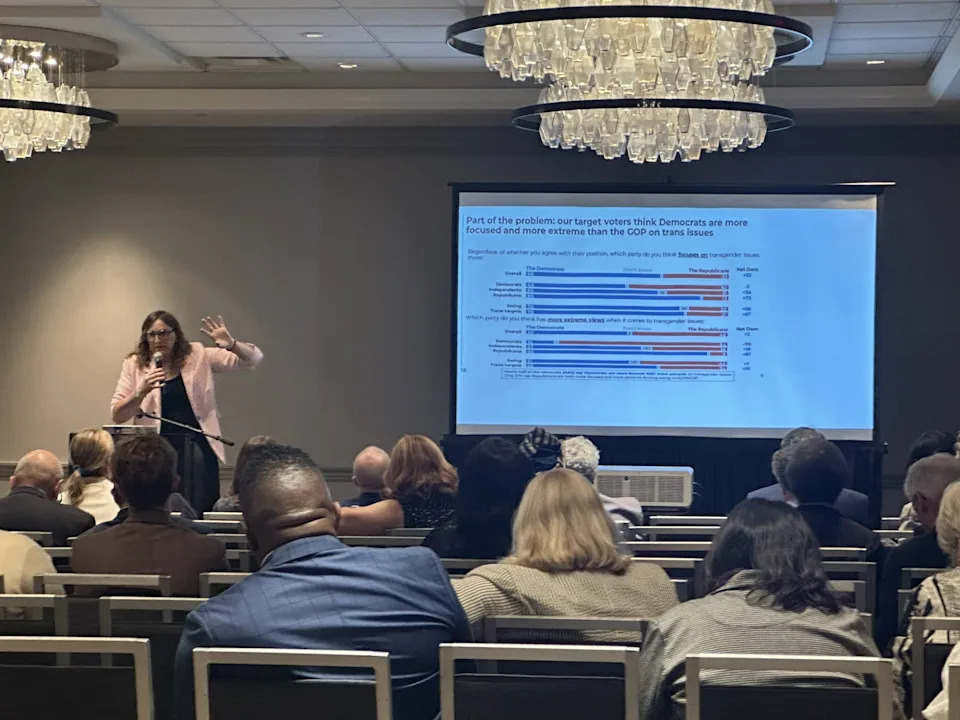Related video: FIGHT FOR POWER: Explaining The Redistricting Wars | TRENDING
The controversy over Texas and California redistricting to boost seats for Republicans and Democrats respectively may be controversial, but the alternative is worse. We live in a republic that respects the will of the states. Any attempt by the federal government to interfere with the people of the states drawing their own congressional districts violates federalism and the 10th Amendment to the Constitution whether it be the federal courts or the executive branch.
Think about it this way, if the solution to states redrawing congressional districts was for the federal government to step in and stop changes, the Constitution would be violated, and federalism would be diminished. We live in the republic contemplated by our Founders with less power in the hands of the federal government than most other nations. Allowing the party in power in D.C. to dictate what states can and cannot do violates the very idea of the ultimate power residing with the people.
The Constitution is clear that “powers not delegated to the United States by the Constitution, nor prohibited by it to the states, are reserved to the States respectively, or to the people.” State constitutions dictate the way states draw congressional districts. Democrats are likely to use the Voting Rights Act to attempt to use the federal power to challenge any move by Texas, and other states trying to redraw districts to aid Republicans, under the pretext that minority voters’ representation is being diluted.
The true goal of Democrats will be to use the Voting Rights Act to get the federal government to stop Republican redistricting while Democrats in California steamroll and dilute the vote of Republicans. This is a battle over federalism and a partisan battle that should be fought at the state level.
Left-leaning editorial boards are beside themselves that Republicans have adopted a tactic Democrats have long used to boost their representation in Congress. On Aug. 22, The New York Times editorial board wrote President Trump “has urged his party’s state legislators and governors to redraw congressional districts to maximize the number of Republican seats.” They complain that “Mr. Trump’s gerrymandering campaign is a cynical attempt to undermine the will of voters” and the “goal is blatant: allow Republicans to retain control of Congress regardless of majority opinion.”
There was no mention in this partisan screed of the decades Democrats spent undermining the will of voters — nothing about New York Democrats’ attempt as recently as last year to throw out the work of their nonpartisan redistricting commission (they were blocked by their own state courts), nor of the faux-nonpartisan system that has already left California Republicans with only nine out of the state’s 52 seats. Take note that Democratic Gov. Gavin Newsom wants to put five more seats into the Democratic column.
For all the pearl-clutching by Democrats, and their media allies over what is going on in Texas, they ignore that the Democratic Party has a history of making gerrymandering into a fine art. I am from Massachusetts, where Elbridge Gerry as governor invented the process of drawing districts that looked like salamanders to make sure his party had a seat in Congress shaped like a lizard.
If you look at New England, there are zero Republican House members there. That clearly is not fair, but it is a fact of political life if you respect the power of states to draw districts.
A closer look at New England exposes the weakness of the Times’ argument. When you take a deeper dive into Massachusetts, you see that the state has had five Republican governors out of the last seven from 1991 to today, including Charlie Baker, Mitt Romney, Jane Swift, Paul Cellucci and William Weld. How is it possible that they have not had a Republican House member elected since 1994? It is possibly because the state that invented gerrymandering drew districts where Republicans were dispersed and disempowered?
Historically, more than 40 percent of voters in Connecticut, Maine, New Hampshire and Rhode Island have tended to vote Republican, yet those voters have no real representation in the House. It may not seem fair, but it is a logical outcome of a system that gives states the power to draw districts. Oregon, New Jersey, Maryland, New York and Illinois all are states that have in recent decades diluted the membership of Republicans in the House. When Democrats break out the fainting couches and feign outrage, ask them about New England and all the Democratic-controlled states that have diluted the votes of Republicans — in the case of Illinois, with a map that can only be labeled as geometrically offensive.
What Republicans are doing in Texas, and a handful of other Republican-controlled states, may not be pretty, but it is no different from what Democrats have done for generations to make sure they have disproportionate representation in the House of Representatives.
Brian Darling is former counsel for Sen. Rand Paul (R-Ky.).
Copyright 2025 Nexstar Media, Inc. All rights reserved. This material may not be published, broadcast, rewritten, or redistributed.
For the latest news, weather, sports, and streaming video, head to The Hill.








Comments